The dictionary of Buddhist Iconography is an endeavour of half a century to identify, classify, describe and delineate the bewildering variation in Buddhist icons. It spans the last twenty centuries, and it is a comparative study of unprecedented geographic variations, besides the ever-evolving visualizations of great masters who introduced extraordinary plurality of divine forms in the dharanis and sadhanas. The multiple forms of a theonym arise in varying contexts. For example, Hevajra of the Hevajra-tantra holds crania in his hands, while the Hevajra of the Samputa-tantra has weapons. Both are subdivided into four each on the planes of kaya, vak, citta and hrdaya, with two, four, eight and sixteen arms. The Dictionary classifies several such types of a deity and places each in its theogonic structure, specifies the earliest date of its occurrence (e.d. Amoghapasa appears in Chinese in AD 587), the earliest image, the direction in which it is placed in the specific quarter of the mandala, its classificatioin, colour, crown or hairdo, ferocious or serene appearance, number of eyes and heads, hair standing up and/or flaming, number of arms and attributes held in them, consort, lord of the family (kulesa), and so on. The esoteric name, symbolic form (samaya), bija (hierogram), mantra, mudra and mandala are given in this Dictioinary for the first time and on an extensive scale. The Sanskrit, Chinese, Korean, Japanese, Tibetan, Mongolian, Manchu and other names are given under the main entry, as well as cross-referenced in their own alphabetic order. The Dictionary details the characteristic attributes, chronology and symbolism of over twelve thousand main and minor deities. It reflects the extraordinary cultural, literary, aesthetic and spiritual achievements of several nations of Asia over two millennia. It will help to identify the masterpieces along with the profusion of masters and alongwith the profusion of masters and divine beings around them. The last few decades have seen an exuberant flourishing of the study and popularisation of the patrimony of Buddhist art for its aesthetic magnificence. This Dictionary will add a dimension of precision and depth of perception to the visual tradition o paintings and sculptures.
Dictionary of Buddhist Iconography (In 15 Volumes)
Sata-Pitaka Series
Book: $1112.40
$1236.00
In stock
Free & Quick Delivery Worldwide
All orders amounting to US$ 50 or more qualify for Free Delivery Worldwide. For orders less than US$ 50, we offer Standard Delivery at $14 per book.
ABOUT THE AUTHOR Lokesh Chandra
Prof. Lokesh Chandra is a renowned scholar of Tibetan, Mongolian and Sino-Japanese Buddhism. He has to his credit over 400 works and text editions. Among them are classics like his Tibetan-Sanskrit Dictionary, Materials for a History of Tibetan Literature, Buddhist Iconography of Tibet, and the present Dictionary of Buddhist Art in about 20 volumes. Prof. Lokesh Chandra was nominated by the President of the Republic of India to the Parliament in 1974-80 and again in 1980-86. He has been a Vice-President of the Indian Council for Cultural Relations, and Chairman of the Indian Council of Historical Research. Presently he is Director, International Academy of Indian Culture.
reviews
0 in total
Review by Anonymous
Be the first to review “Dictionary of Buddhist Iconography (In 15 Volumes)” Cancel reply
You must be logged in to post a review.
Bibliographic information
Title
Dictionary of Buddhist Iconography (In 15 Volumes)
Sata-Pitaka Series
Sata-Pitaka Series
Author
Edition
1st ed.
Publisher
Aditya Prakashan, 2005
ISBN
8186471936
Length
4586p., Plates; Figures; Appendices; 29cm.
Subjects
view entire series
more by Lokesh Chandra see more
similar bookssee more
Intercultural Encounter and the Jesuit Mission in South Asia (16th – 18th Centuries)
Scholarship on the Jesuit ...
$55.80
$62.00




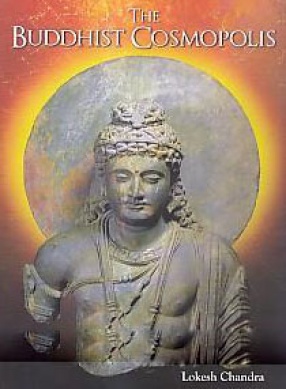
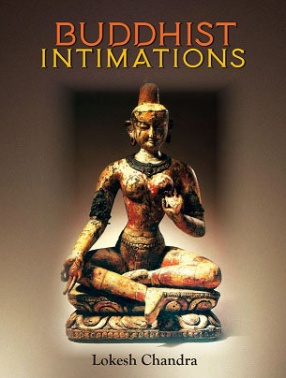
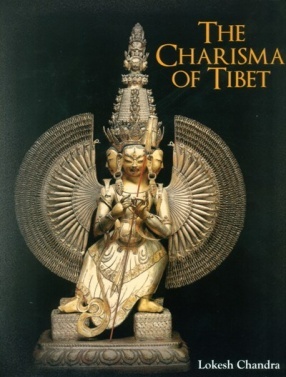
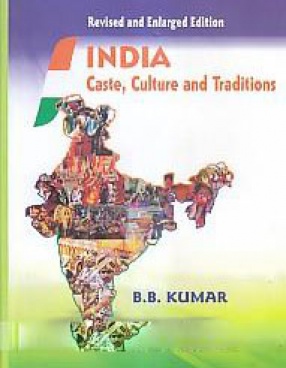
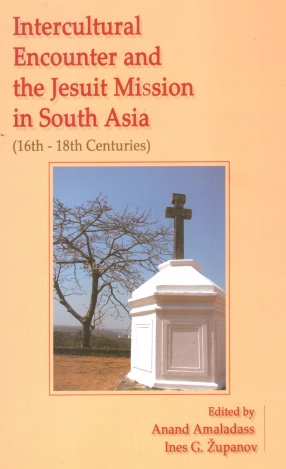

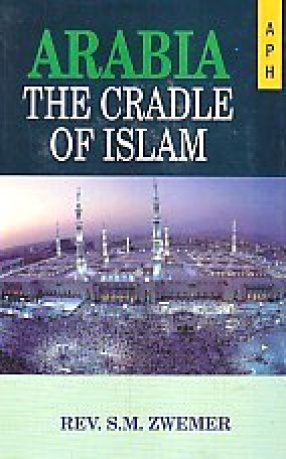
There are no reviews yet.